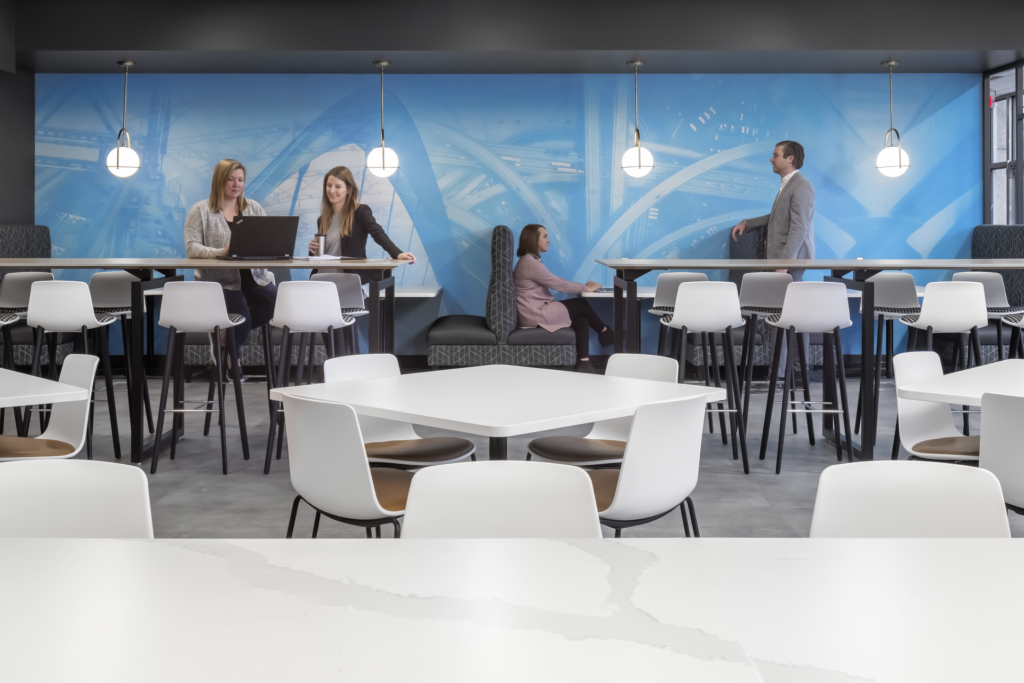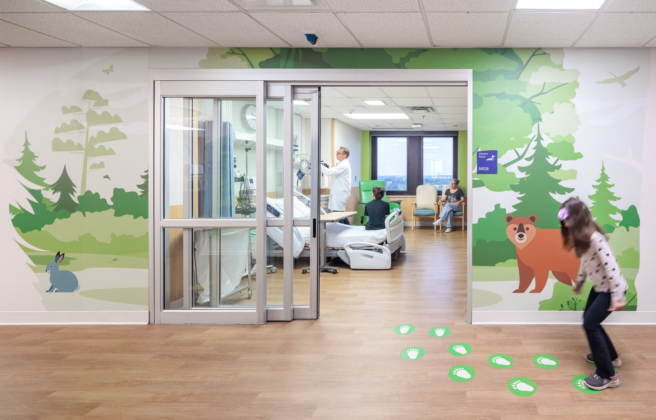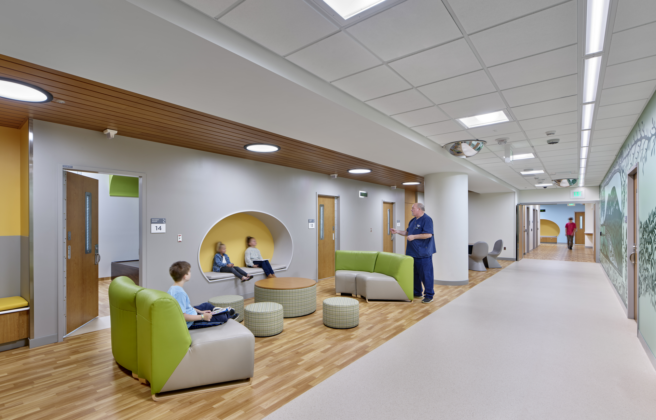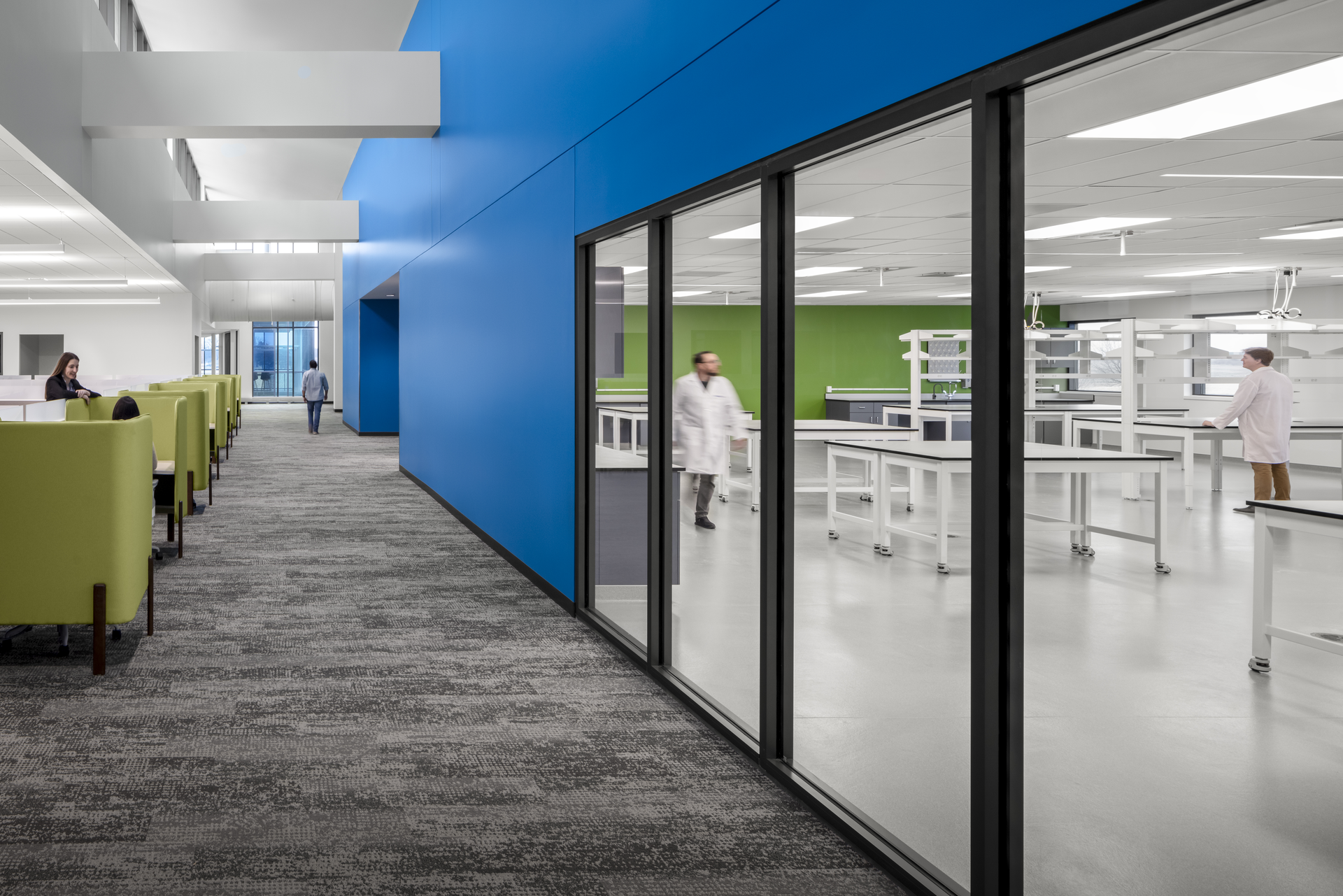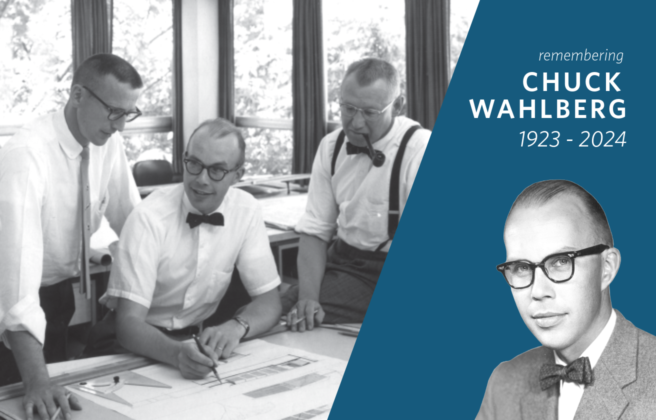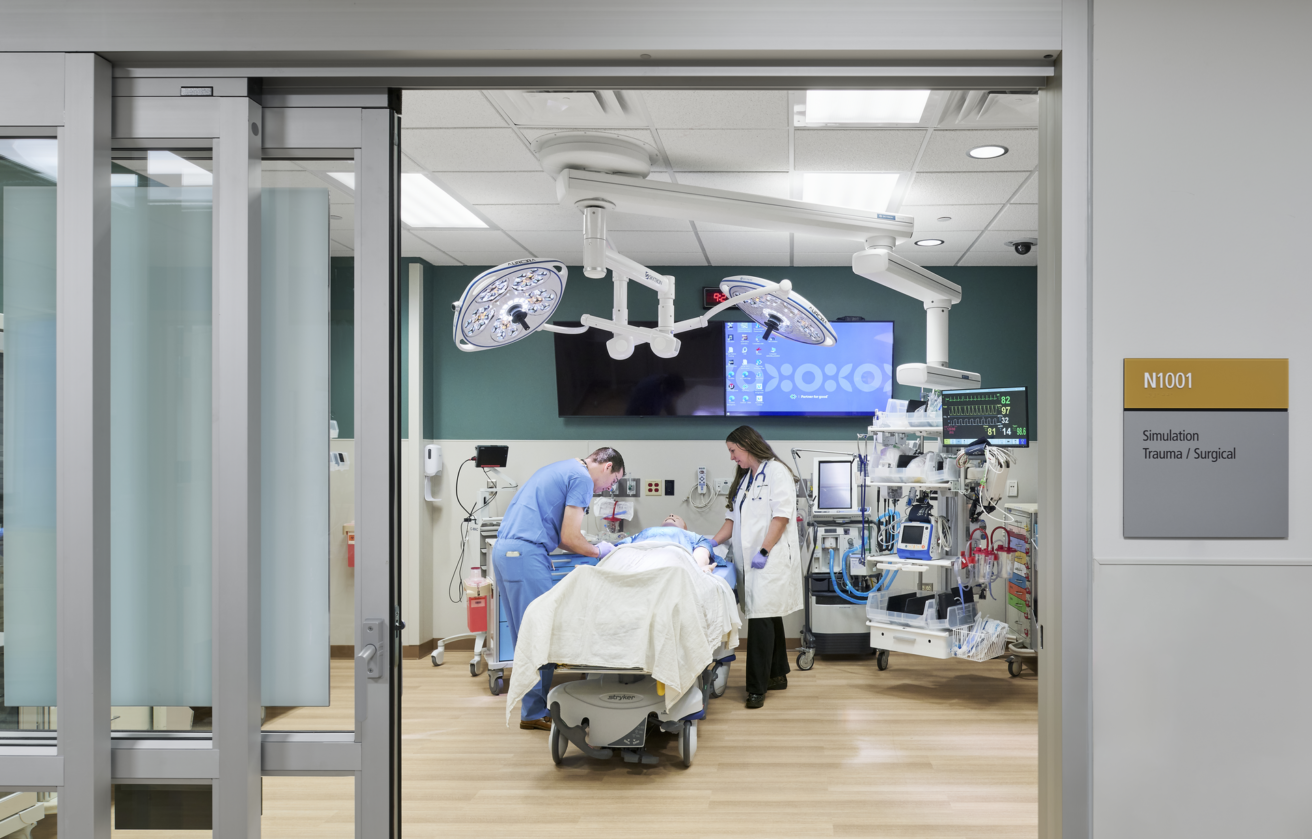Despite being a sensitive topic, money is central to any project—managing costs, remaining on budget, and achieving maximum value per dollar spent are all critical to a successful design, whether a new build, a major expansion, or a renovation. So, let’s talk about it.
The latest episode of Side of Design from BWBR dives deep into this subject, exploring the intricacies of fee development and its impact on project success. Host Matt Gerstner leads a thoughtful discussion with representatives from BWBR’s leadership team — CEO Terri Ulrick, Director and Principal Greg Fenton, and Principal Mike Boldenow—shedding light on their strategies for creating value-driven fee structures, all in service of not only good drawings, but great client outcomes.
Understanding the Real Need
A thorough understanding of client needs is at the heart of fee development. Effective communication is key from start to finish, beginning with the RFP process. The more detail a potential client provides in an RFP, the more likely they’ll get an aligned, thoughtfully considered response that offers innovative solutions within cost expectations. That doesn’t mean you have to know exactly what you need at the outset—as the team explains, designers go beyond surface-level requirements, often anticipating needs the client may not have initially considered.
Greg provides a recent example of an RFP that didn’t mention specific chemical inventory and maximum quantities required by code. “We proposed that as an additional service, which wasn’t specifically noted in their list of services they were looking for. It proved to be valuable for them, and we were able to help them at a different level,” he says.
The BWBR team knows from experience that the time it takes to thoroughly understand needs pays off with more successful, tailored, value-driven results in the end. “Asking some key questions up front really informs us and our teams here at BWBR how to best serve the client, and understanding them and their prerogatives is essential to developing the right fee,” Greg says.
What’s it Worth?
When we talk about “value,” we don’t necessarily mean the least expensive option. High-quality design documents, which may have a larger upfront fee, can result in lower costs in the long run. “The value of a good design process can really go a long way when you’re looking at construction,” Terri explains. “If you have documents that are quality, documents that the contractor doesn’t have to guess on, that results in fewer change orders. Overall that value ends up compounding itself.”
And while design fees represent a small percentage of overall project costs, the impact of thoughtful design decisions can be felt throughout the life of a building, leading to more efficient operations, lower maintenance costs, and increased flexibility over time. Mike says, “We at BWBR have a reputation for top-quality design and documentation. So, when I’m working with a project manager and developing a work plan, we have to make sure we have the right team members and the right steps and the right processes internally to make sure we’re delivering a BWBR quality project.”
In it Together
This client-centered approach is increasingly a point of differentiation for BWBR as the firm has witnessed a shift to a more transactional, purely numbers-based approach. Yet, because BWBR specializes in complex projects, particularly in science + tech, healthcare, and education, it’s no surprise that the team dives deep into client needs. “One of the things that I think sets BWBR apart is that the group of individuals that work here, we really care,” says Terri. “We care about the client’s success when we’re putting together our fee and our process. We care about their success when we look at our approach to the design, really looking at what the client needs in order to meet their ultimate goal.”
This emphasis is undoubtedly one of the reasons BWBR has so many long-term partnerships, and the team emphasizes the importance of potential clients finding the right fit for their unique process and values. Mike sums it up nicely: “Fee is always going to be a component,” he says. “Team and experience are always going to be components. But a lot of times, what I hear from our clients…is, ‘The team we selected we just felt comfortable with. We seemed to share the same culture, we seemed to share a lot of the same values, and we really connected.’”
Built to Last
In the end, selecting a design firm goes beyond a price on paper—it’s about finding the right fit in terms of vision, values, and capabilities, allowing you to unlock the full value of the relationship and your investment.


